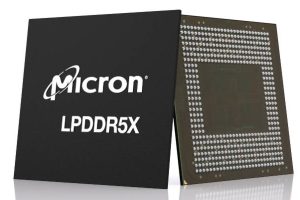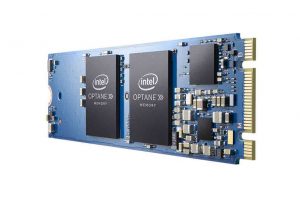![318_x_180_3D_NAND[1]](https://static.electronicsweekly.com/news/wp-content/uploads/sites/16/2015/03/318_x_180_3D_NAND1-300x173.jpg)
And the target application is not mobiles but solid state storage in computers.
The technology is called 3D because layers of data storage cells are stacked vertically to offer higher capacity in the same footprint.
Brian Shirley, vice president of memory technology at Micron believes this stacked memory technology has great potential in markets such as mobile and supercomputing .
“The depth of the impact that flash has had to date—from smartphones to flash-optimised supercomputing—is really just scratching the surface of what’s possible,” said Shirley.
The 3D NAND technology stacks flash cells vertically in 32 layers to achieve 256Gbit multilevel cell (MLC) and 384Gbit triple-level cell (TLC) die that fit within a standard package.
According to the companies, these capacities can enable stick-sized SSDs with more than 3.5Tbyte of storage and standard 2.5-inch SSDs with greater than 10Tbyte.
“Because capacity is achieved by stacking cells vertically, the individual cell dimensions can be considerably larger making the TLC designs well-suited for computer storage.
 Electronics Weekly Electronics Design & Components Tech News
Electronics Weekly Electronics Design & Components Tech News



